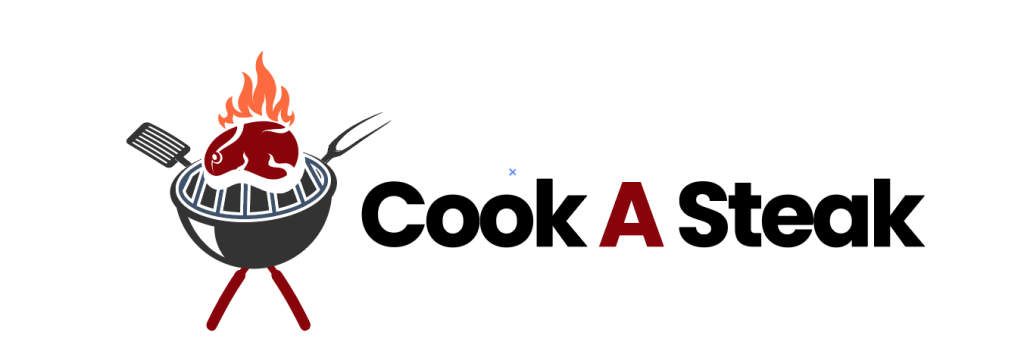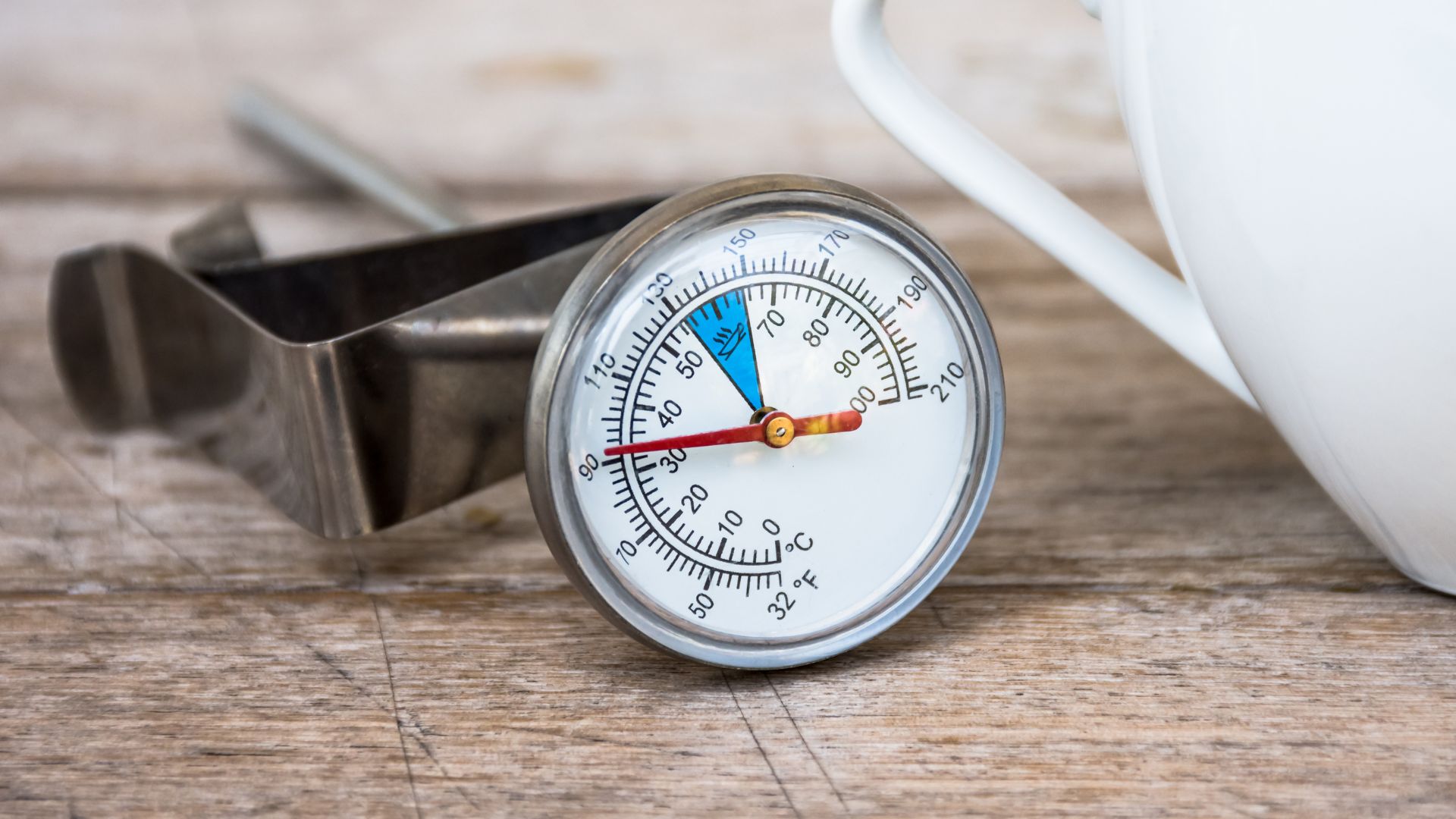As a longtime steakhouse owner and cooking equipment reviewer, I’ve learned the critical importance of using properly calibrated thermometers when preparing food, especially meat. In this article, we will talk about why regularly calibrating the thermometers used to check food temperatures.
Accurate temperature readings can mean the difference between a perfectly cooked, juicy steak and an overcooked, dry disappointment. But beyond flavor, regularly calibrating your food thermometers is absolutely essential for food safety. In this article, I’ll explain why thermometer calibration matters so much and share some tips on how to do it right.
The Food Safety Stakes Are High
Preventing Foodborne Illness
Cooking foods, especially meats, to the proper internal temperature is one of the most effective ways to kill harmful bacteria like Salmonella and E. coli that can cause serious illness. Undercooked beef, poultry, pork, and other meats are among the top sources of foodborne disease.
The Centers for Disease Control and Prevention estimates that 48 million people get sick, 128,000 are hospitalized, and 3,000 die from foodborne diseases each year in the United States alone. Many of these illnesses could be prevented through proper cooking.
Minimum Safe Cooking Temperatures
Different foods have different minimum internal temperatures they must reach to be safe to eat, as determined by food safety authorities. For example:
- Beef, pork, veal, and lamb (steaks, roasts, and chops): 145°F (63°C)
- Ground meats: 160°F (71°C)
- Poultry (whole, parts, or ground): 165°F (74°C)
- Fish and shellfish: 145°F (63°C)
- Eggs: 160°F (71°C)
Hitting these precise temperatures, without going too far over, requires an accurately calibrated food thermometer. There’s little margin for error when it comes to killing bacteria yet keeping food moist and flavorful.
Liability and Reputation
For a restaurant or steakhouse, just one incident of a customer getting sick from undercooked meat could lead to lawsuits, health department sanctions, damage to your hard-earned reputation, and even closure of your business. Chefs and restaurateurs simply can’t afford to take any chances.
Carefully monitoring cooking temperatures with a properly calibrated thermometer is an essential line of defense.
Thermometer Accuracy Can Drift Over Time
Bumps, Drops, and Wear-and-Tear
Like any tool or device, food thermometers can lose their accuracy over time. The sensitive probe at the tip can get knocked out of calibration from accidentally banging into a pan, being dropped on the floor, or just general rough handling in a busy kitchen.
Cheap, low-quality thermometers tend to lose accuracy faster. But even the best thermometers experience calibration drift as they age.
Temperature Extremes
Exposing thermometers to extreme heat or cold, beyond their recommended range, can also negatively impact their accuracy. For example, some instant-read thermometers are only designed to measure temperatures up to around 392°F (200°C).
Accidentally leaving one in a screaming hot pan or too close to a flame could damage the sensor. Very cold temperatures can also offset calibration.
Contamination and Corrosion
Grease, oil, moisture, and food particles can work their way inside a thermometer probe and affect the temperature readings. Some types of food, especially acidic ingredients, can also corrode the probe tip over time.
Thermometers used for making candy, where temperatures exceed 300°F, are especially prone to caramelized sugar gumming up the works. Keeping thermometers scrupulously clean helps maintain accuracy.
How to Calibrate a Food Thermometer
Ice Water Method
An easy way to check a thermometer’s calibration is by testing it in ice water. Here’s how:
- Fill a large glass with crushed ice and add cold water until the glass is full.
- Stir the ice water mixture and let it sit for 2 minutes to reach a stable temperature of 32°F (0°C).
- Insert the thermometer probe at least 2 inches into the ice water, without touching the sides or bottom of the glass.
- Wait at least 30 seconds, then check the temperature reading.
- If it reads 32°F, the thermometer is correctly calibrated. If it reads higher or lower, it needs to be calibrated.
Some digital thermometers have a simple push-button calibration you can use to manually adjust the reading to the correct temperature. For dial thermometers, use a small wrench to turn the calibration nut until the dial points to 32°F.
Boiling Water Method
You can also check a thermometer’s calibration in boiling water, but this method is a bit trickier. The boiling point of water changes with elevation, so you’ll need to know the boiling point for your altitude. At sea level, water boils at 212°F (100°C), but the boiling point drops about 1°F for every 500 feet in elevation gain.
Bring a pot of water to a rolling boil, then insert the thermometer probe at least 2 inches into the water, without touching the sides or bottom. Wait 30 seconds and check that the reading matches the boiling point for your altitude.
Calibration Frequency and Best Practices
Calibrate Regularly
In a busy commercial kitchen, I recommend calibrating your most frequently used thermometers at least once a week. For a home cook, aim to calibrate about once a month, or more often if you use your thermometers a lot. Always calibrate a new thermometer before its first use. And if you ever drop or bang a thermometer, test its accuracy before using it again.
Keep a Log
In a professional food service setting, it’s a good idea to keep a written record each time you calibrate a thermometer. Note the date, which unit was calibrated, and the results. This helps ensure regular calibration is happening and provides documentation for health inspectors. Some high-end thermometers have a built-in usage log that tracks calibration.
Have Backup Thermometers
It’s wise to have multiple calibrated thermometers on hand at all times, so you’re never caught short if one breaks or goes out of calibration unexpectedly. I like to keep at least one instant-read, one oven-proof probe, and one infrared thermometer in my kitchen toolkit. Redundant thermometers also let you cross-check temperatures for extra assurance.
Train Staff on Proper Use
Make sure everyone who uses thermometers in your kitchen, from head chefs to line cooks, understands the importance of careful handling and regular calibration. Train staff on the correct way to insert the probe (into the thickest part of the meat, away from bone, fat, or gristle) and how to avoid common mistakes like touching hot surfaces. Build thermometer checks and calibration into your routine food safety protocols.
Choosing the Right Food Thermometers
Digital Instant-Read
These compact digital thermometers have a thin probe that can be inserted into food and provide a quick temperature readout, usually within 2-5 seconds. They’re versatile, relatively inexpensive, and essential for any kitchen. Thermoworks Thermapen and Lavatools Javelin are two reliable brands favored by many chefs.
Oven-Proof Probe
For longer cooking of big cuts of meat, an oven-proof probe thermometer that stays in the food throughout the cooking process is very handy. You insert the probe into the raw meat, connect it to a digital unit outside the oven with a heat-proof cable, and set the target temperature. An alarm sounds when the meat is done. The Thermoworks ChefAlarm is an excellent high-end option.
Infrared (No-Contact)
Infrared thermometers provide instant surface temperature readings without making contact with the food. Just aim the laser guide at a pot, pan, grill grates, or pizza stone, pull the trigger and get a temperature readout. They’re great for checking the temperature of cooking equipment. The Etekcity Lasergrip is a good affordable option.
Dial Thermometers
Old-fashioned dial thermometers have their place for some tasks, like deep frying or candy making, but they tend to be slower and less accurate than digital. They also require frequent calibration. If you use a dial thermometer, I recommend getting one with a glass lens, not plastic, and a dial that is easy to read.
Conclusion
Properly calibrating your food thermometers is a small but vital step that protects your customers, your business, and your reputation as a chef. Think of it as cheap insurance against the steep costs of foodborne illness.
By understanding how thermometers can lose accuracy, checking calibration regularly, and always having reliable thermometers on hand, you’ll be equipped to serve safe, delicious food every time.
Your customers may never know the behind-the-scenes work that goes into keeping their meals safe, but you’ll have the satisfaction and peace of mind of a job well done.

